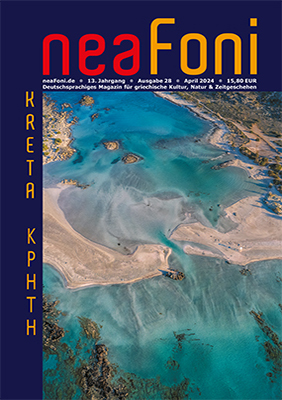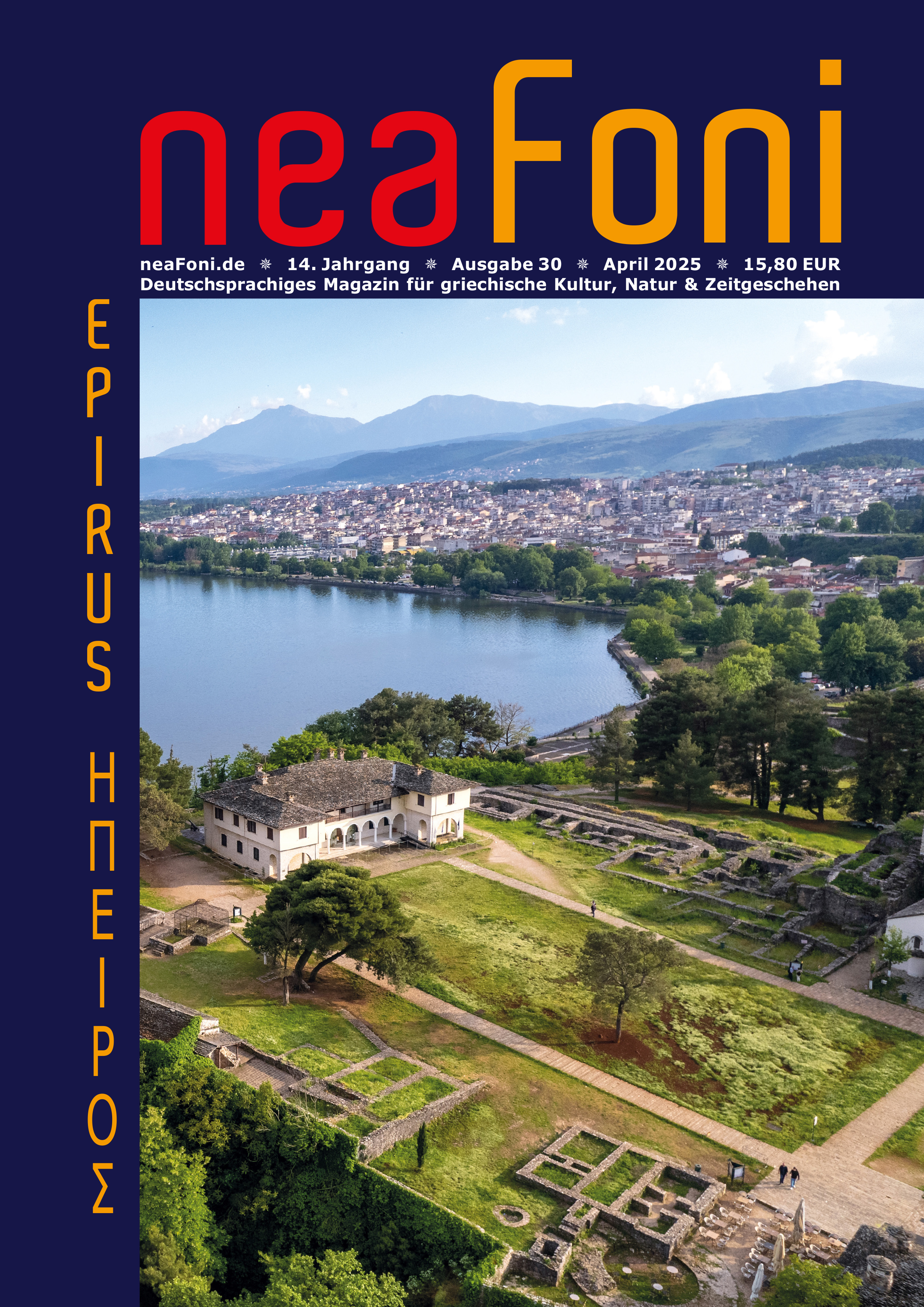Der prächtige Palast König Philipps II. in Aigai (das heutige Vergina) war das damalige Präsidentenhaus. Von dort aus herrschte der allmächtige makedonische König Philipp II. über sein Königreich. Der Palast wurde durch Feuer zerstört, wie auch die Stadt Aigai, nach der Schlacht von Pydna 168 v. Chr. Die Ruinen des Palastes wurden jedoch im 1. Jh. v. Chr. durch einen furchtbaren Erdsturz völlig begraben. Diese neuen Ergebnisse der Ausgrabungsarbeiten am Palast Philipps II. in Aigai kündigte die Archäologin der 17. Behörde für prähistorische und klassische Antiquitäten, Ageliki Kotaridi, auf dem 23. Kongress über das archäologische Werk in Makedonien und Thrakien an.
Der Palast mit einer Gesamtfläche von 12.500 Quadratmetern, dreimal so groß wie der Parthenon, beherbergte keine private oder familiäre Aktivität des Königs von Makedonien. Er war das Zentrum der politischen, religiösen, gesetzgebenden, gerichtlichen und geistlichen Macht, ein Gebäude mit öffentlichem Charakter. „Der Herr, Leiter und Verteidiger seines Volkes, Garant des Gesetzes und der Ordnung, Träger des göttlichen Segens, war für seine Untertanen eine feste Macht- und Stabilitätsfigur. Ein Symbol-Gesicht, das sein Privatleben verlor. Um die Idee seiner aufgeklärten Herrschaft zu verbreiten, brauchte Philipp II. einen Palast, der die Funktion der politischen Agora und der heiligen Akropolis eines demokratischen Staates kombinierte.“





